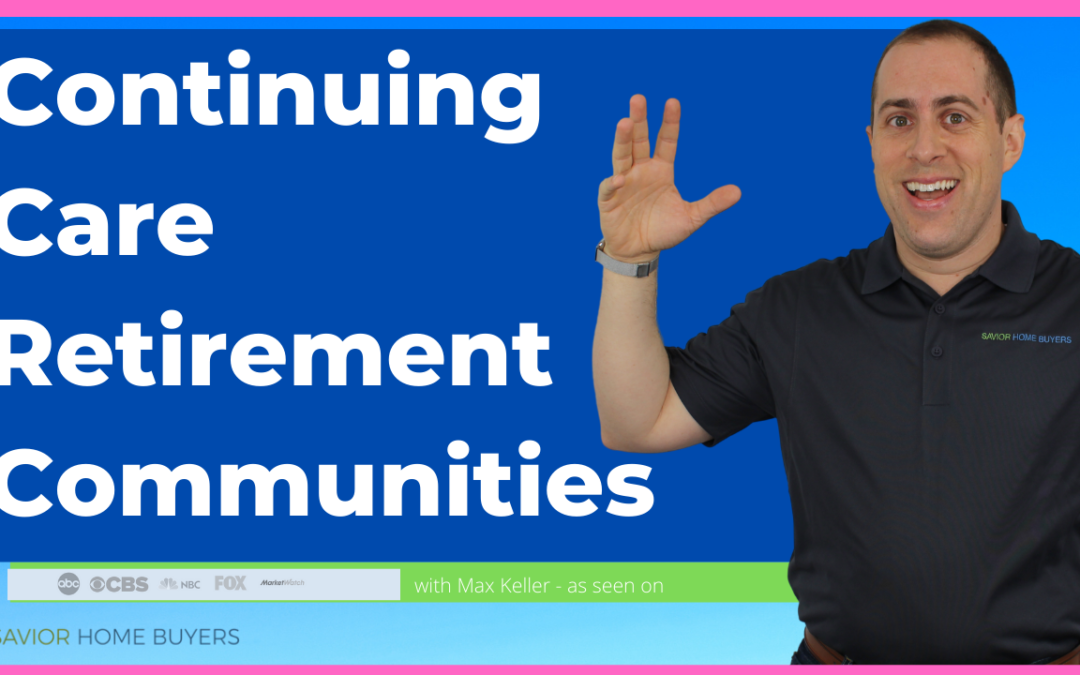Where you live when you decide to retire is a major decision.
It affects the last part of your life. It may be your last move. Families who do not do their research and pick a place at the last minute, are forced to choose what is leftover. Sometimes it is a good place, but sometimes it is not. The wrong choice can generate a lot of problems. For example, if you pick the wrong facility you can overpay, not get good value, and not receive the type of care that you or your loved one wants and deserves.
One type of facility to consider is a CCRC, or Continuing Care Retirement Community. This is a unique type of facility that most people are unaware of. Many people are familiar with the three main types of Senior housing: independent living facilities, assisted living facilities, and nursing care. A CCRC is a hybrid facility, incorporating aspects of all three other types, and is sometimes referred to as a “Life Plan Community”.
The way this works is a Senior will move into this type of facility while they are able to live independently. A Senior living independently is still active, is still able to come and go on their own. Then, if the Senior starts needing more help with daily activities, they can move into an assisted living situation without having to move into a new facility. Finally, if there is a health crisis and nursing care is needed that is also available within this same facility. The benefit to a CCRC that has the ability to serve multiple need levels is, if you are able to move into one while you are living independently, you already have a guaranteed place to live and receive higher levels of care.
Many CCRC’s have excellent amenities. It depends on the facility but some of them have golf, tennis, and other programs. They can be sort of like a mini resort. Another consideration is housing structure. These communities can consist of houses, townhouses, or apartments.
Getting into this type of facility requires planning ahead. These facilities can be expensive, and it is important to move in before you need the higher levels of care available.
There are different types of contracts. A facility may have different agreements that you can sign that lock in the price of your care. This is a great option if you are healthy and active when you move in but end up needing increased levels of care in the future; you will not pay more as your level of care changes. With this type of contract, the facility is taking on more risk and you are required to put down a larger down payment.
If your long-term care policy will cover your extra care costs, then you may consider selecting a fee for a service contract that will charge you the going rate for care at the time when it is needed. So, if you have long term care insurance, it will be activated when you need to go to assisted living, but not for independent living.
A CCRC contract is going to be a little more complicated because it’s a longer-term commitment. Each facility will have its own contracts and payment structures. Be sure to do your research, tour multiple facilities, and ask questions before making any decisions.


Recent Comments